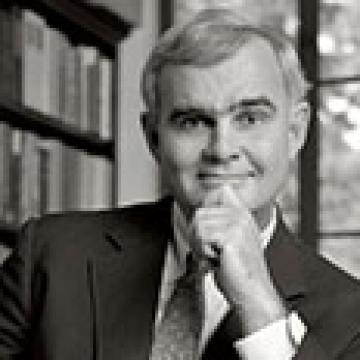James Buchanan: The American Franchise
By the end of James Buchanan's presidency, America was home to 31.4 million people. During the decade between 1850 and 1860, the population of the U.S. grew by 26 percent, including a substantial number of immigrants, chiefly German and Irish.
Speed-of-Light Communication:
Several major breakthroughs in communications greatly changed the nation and the political structure that sought to govern it. The short-lived Pony Express came to fruition during Buchanan's presidency, joining both coasts at last. But the transcontinental telegraph line, completed in 1861, quickly doomed the fast-riding horsemen. The telegraph service permitted previously unthinkable instant communication across the young, vast, troubled country. Two years earlier, a similar cable had joined the United States and Europe.
Regionalism and Political Sectionalism
With regional tensions increasing, the advantages lay with the North. Its population grew faster, and its industry continued to expand; its railroad lines and roads covered more distance than did the South's. Northern sources of power were far greater, and most financial resources were located in the region. Oil had been discovered in Pennsylvania in 1859, putting a major new energy source in Northern hands to complement its coal. Although in the 1850s the output of Southern plants doubled, heavy industry was concentrated outside the region. This fact would make outfitting a modern army and navy difficult for the South.
